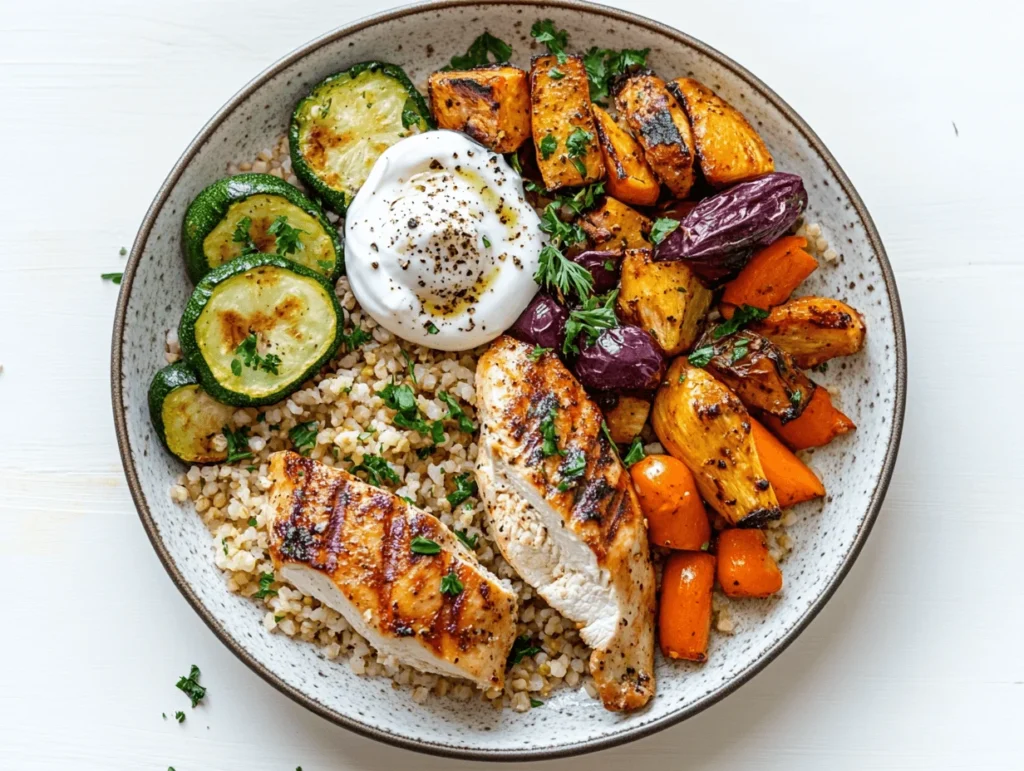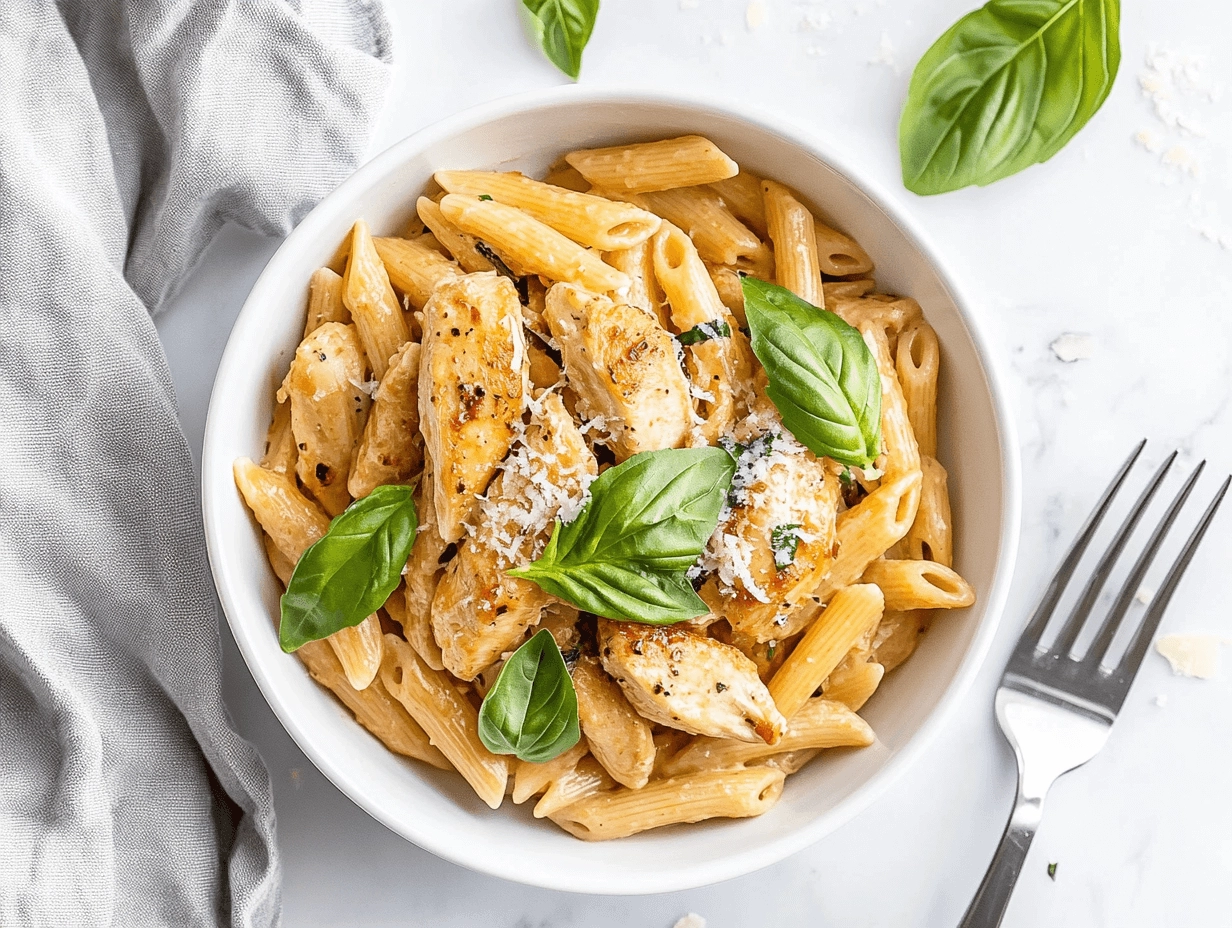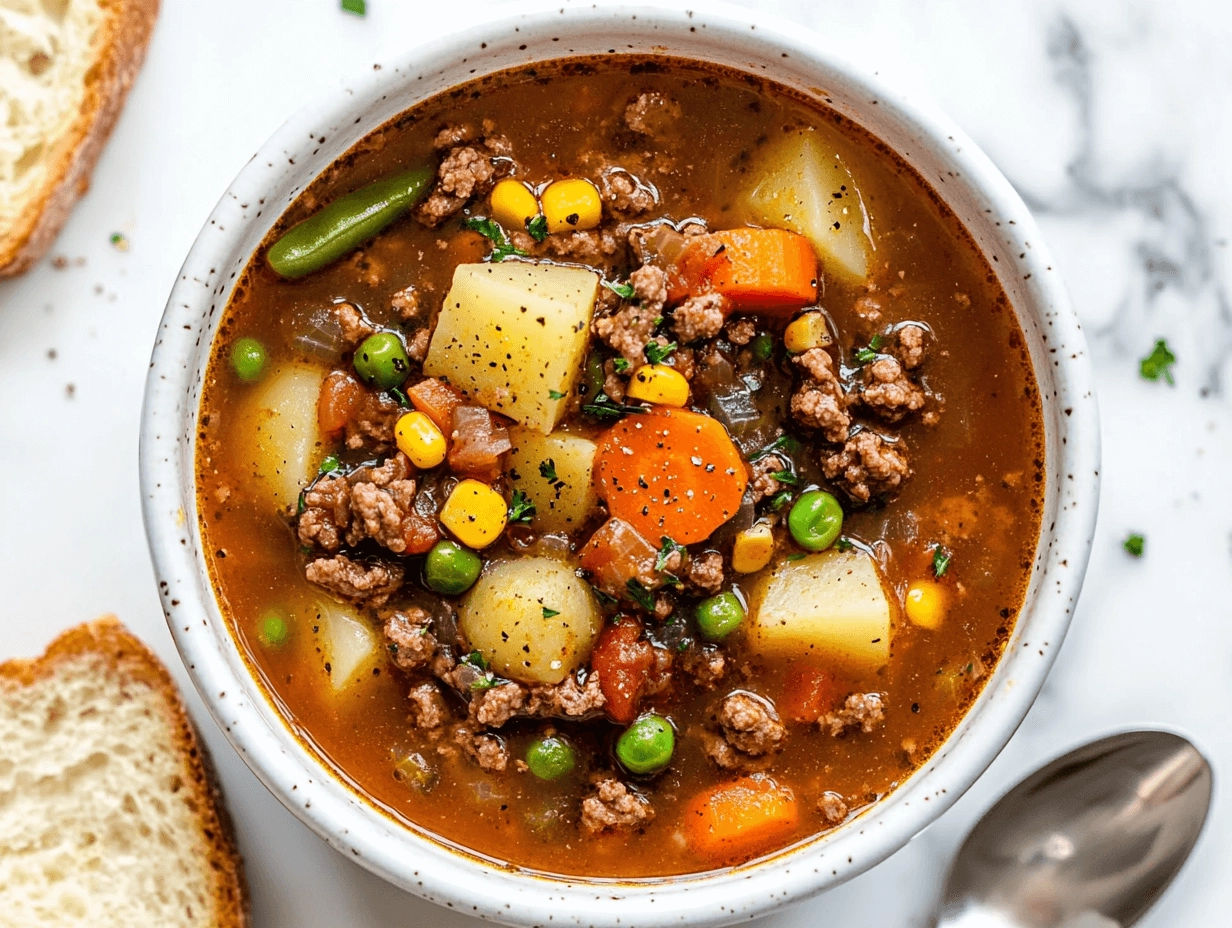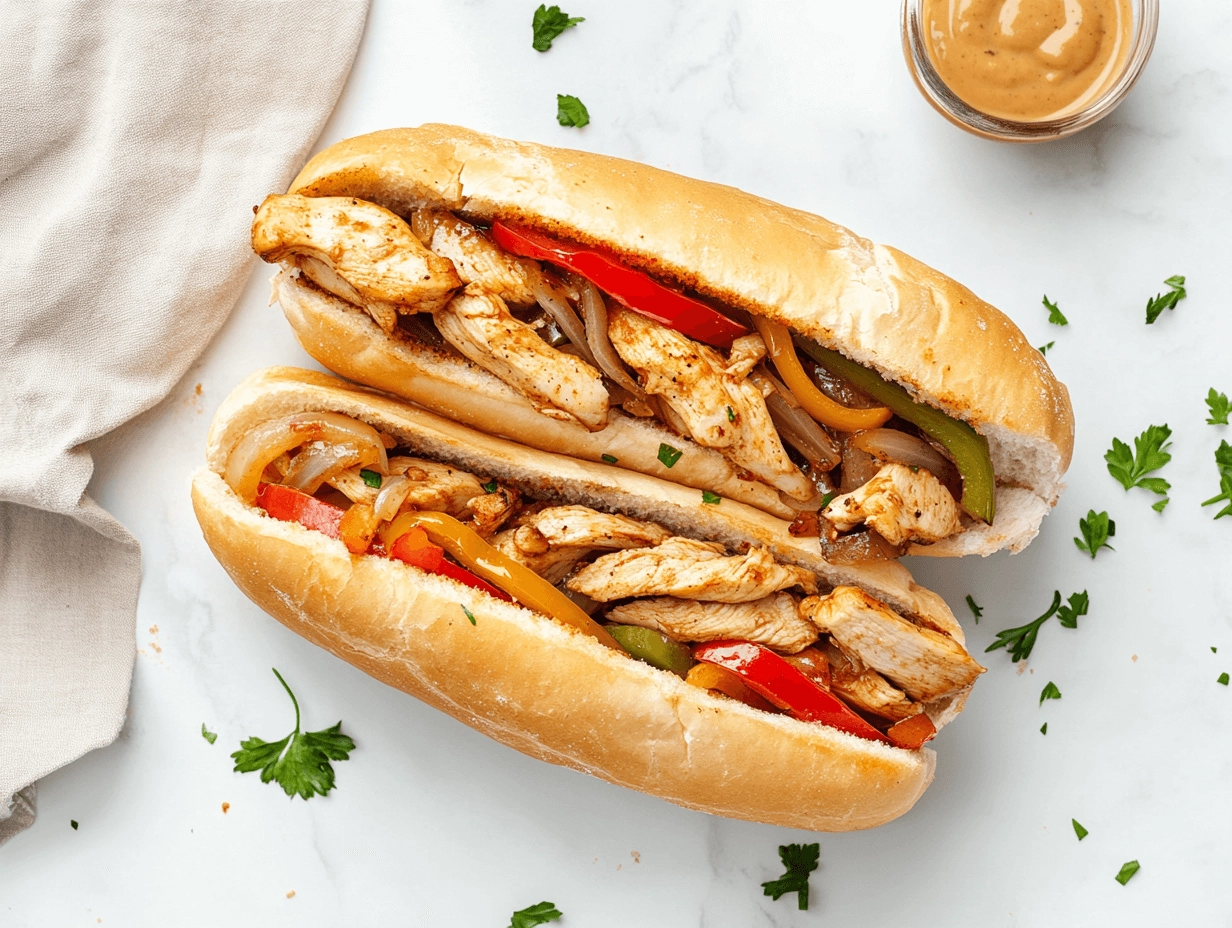If you’re looking to boost your meals with something wholesome, quick, and flavorful, bulgur wheat recipes are a must-try addition to your kitchen lineup. This ancient grain is not only nutrient-rich and easy to prepare, but it also adds a delicious nutty flavor and hearty texture to a wide variety of dishes—from breakfast bowls to savory dinners.
Because Bulgur Wheat Recipes is already parboiled before packaging, it cooks much faster than most whole grains—typically in under 20 minutes. It’s high in fiber, low in fat, and naturally loaded with essential vitamins and minerals. Whether you’re aiming to eat more plant-based meals, looking for meal prep-friendly options, or simply trying something new, this guide will walk you through everything you need to know.
jump to
Discover more delicious recipes and ideas by visiting our homepage!
What Is Bulgur Wheat Recipes?
Bulgur Wheat Recipes is made from whole wheat kernels that have been cleaned, parboiled, dried, and then cracked. This process preserves its bran and germ, which keeps it classified as a whole grain while drastically reducing its cook time. Its mild, slightly nutty flavor and chewy texture make it incredibly versatile.
From vibrant Middle Eastern tabbouleh salads to comforting pilafs and nutritious breakfast bowls, bulgur shines in a wide range of recipes. It’s especially popular in Mediterranean and Middle Eastern cuisines due to its adaptability and quick prep time.
Nutritional Benefits of Bulgur Wheat Recipes
According to USDA data, one cup of cooked bulgur provides:
- Calories: ~150
- Fiber: 8g
- Protein: 5g
- Iron, Magnesium, and B Vitamins
Its high fiber and complex carbohydrate profile support digestion, energy, and heart health. Plus, it makes a satisfying low-fat, plant-based option for meal prep.
Classic Bulgur Wheat Recipes Recipe (Base for Many Variations)

Here’s a simple and flexible base recipe to get you started:
Ingredients
| Ingredient | Amount | Notes |
|---|---|---|
| Bulgur wheat | 1 cup | Fine, medium, or coarse grind |
| Water or broth | 2 cups | Broth adds more flavor |
| Olive oil | 1 tbsp | Optional, for richness |
| Fresh parsley | ¼ cup | Chopped finely |
| Lemon juice | 1 tbsp | For brightness |
| Salt & pepper | To taste | Adjust based on preference |

Instructions
- Rinse bulgur under cold water to remove dust and starch.
- Bring water or broth to a boil in a saucepan.
- Remove from heat, stir in the bulgur, and cover tightly.
- Let soak for 15–20 minutes until liquid is absorbed.
- Fluff with a fork, stir in olive oil, lemon juice, parsley, salt, and pepper.
- Serve warm or chilled as a base for other dishes.
💡 Tip: Fine bulgur is perfect for salads like tabbouleh, while coarse bulgur works best in pilafs and warm dishes.
Meal Ideas: How to Eat Bulgur Wheat Recipes
Breakfast
- Warm Bulgur Porridge: Cook with almond milk, add maple syrup, cinnamon, and berries.
- Savory Bulgur Bowl: Serve with scrambled eggs and sautéed spinach.
Lunch
- Tabbouleh Salad: Bulgur, parsley, mint, tomato, and lemon.
- Mediterranean Grain Bowl: Top with hummus, cucumbers, roasted chickpeas, and tahini.
Dinner
- Stuffed Peppers: Mix bulgur with ground turkey, spices, and tomato sauce.
- Hearty Pilaf: Sauté with onions, garlic, tomatoes, and herbs, and serve with grilled chicken or tofu.
🥘 Prep Hack: Cook a big batch of bulgur and refrigerate it for up to 5 days. It’s a meal prep lifesaver.
Is Bulgur Healthier Than Rice, Pasta, or Bread?
Yes! Bulgur generally offers more fiber, fewer calories, and a lower glycemic index.
| Food | Calories | Fiber | Protein | Glycemic Index |
|---|---|---|---|---|
| Bulgur | 150 | 8g | 5g | Low |
| White Rice | 200 | 1g | 4g | High |
| White Pasta | 220 | 2g | 7g | Medium |
| White Bread | 80/slice | 1g | 2g | High |
💡 For even better nutrition, pair bulgur with lean protein or legumes to build a balanced plate.
Is Bulgur a Carb or Protein?
Bulgur is primarily a complex carbohydrate, but it also offers plant-based protein—about 5–6 grams per cup. When combined with foods like beans or lentils, bulgur becomes part of a complete protein source.
Is Bulgur Anti-inflammatory?
Yes! Bulgur is packed with anti-inflammatory nutrients like fiber, antioxidants, and whole grain compounds. It supports gut health, helps stabilize blood sugar, and promotes reduced inflammation—all of which benefit long-term wellness.
Bulgur Wheat Recipe Variations
1. Classic Tabbouleh
- Fine bulgur, parsley, mint, tomato, lemon juice, and olive oil.
- Perfect for a refreshing, make-ahead salad.
2. Mediterranean Pilaf
- Sauté onion and garlic, add tomatoes, peppers, and coarse bulgur.
- Simmer in vegetable broth and serve as a hearty side.
3. Breakfast Bulgur Bowl
- Simmer bulgur in almond milk, add cinnamon, berries, and nuts.
- Great warm or cold.
❌ Avoid These Mistakes:
- Using the wrong grind for the recipe.
- Over-soaking and turning it to mush.
- Forgetting to season—bulgur is a blank canvas that needs flavor!
Pro Tips for Cooking Bulgur
- Use vegetable broth for more flavor.
- Let it rest covered after soaking to fully hydrate.
- Toast in olive oil before cooking for a nuttier taste.
- Batch cook and store in the fridge for easy meals all week.
Serving Suggestion

For a well-rounded dinner, serve bulgur pilaf with grilled chicken or roasted vegetables. Add a dollop of yogurt and a sprinkle of sumac or za’atar for extra flavor.
FAQs
What can I eat with Bulgur Wheat Recipes?
Anything! It works in salads, stir-fries, casseroles, and breakfast bowls.
Is bulgur better than rice?
Nutritionally, yes. It has more fiber, fewer calories, and a lower glycemic index.
Can I use bulgur on a low-carb diet?
Not ideal—bulgur is a whole grain and does contain carbs, though complex ones.
Does bulgur need to be cooked?
Technically no—soaking in boiling water is enough for fine or medium bulgur.

Bulgur Wheat Recipes: Delicious, Nutritious, and Incredibly Easy to Make
- Total Time: 20 minutes
- Yield: 4 servings
Description
Looking for a hearty, healthy grain that cooks in under 20 minutes? Bulgur wheat is a fiber-packed, nutty, and versatile ancient grain that’s perfect for salads, pilafs, porridges, and more. Whether you’re meal prepping, eating plant-based, or just switching things up from rice and pasta, this Bulgur Wheat Recipes base recipe is the key to fast, flavorful meals.
Ingredients
Bulgur wheat – 1 cup (fine, medium, or coarse grind)
Water or broth – 2 cups (vegetable or chicken broth adds more flavor)
Olive oil – 1 tbsp (optional, adds richness)
Fresh parsley – ¼ cup, finely chopped
Lemon juice – 1 tbsp
Salt & black pepper – to taste
Instructions
Place bulgur in a fine-mesh sieve and rinse under cold water to remove dust and excess starch.
Bring water or broth to a boil in a saucepan. Remove from heat, stir in bulgur, and cover tightly.
Let soak for 15–20 minutes (or per package instructions) until liquid is fully absorbed.
Fluff with a fork. Stir in olive oil, lemon juice, parsley, salt, and pepper.
Serve warm or chilled as a base for bowls, salads, or side dishes.
Notes
- Fine bulgur: great for tabbouleh and cold salads.
- Coarse bulgur: better for pilafs and warm bowls.
- To deepen flavor, toast the bulgur in olive oil for 2–3 minutes before soaking.
- Store leftovers in the fridge for up to 5 days.
- Prep Time: 5 minutes
- Cook Time: 15 minutes (soaking time)
- Cuisine: Mediterranean / Middle Eastern
Nutrition
- Serving Size: 🔬 Nutrition (Per Serving – Approximate)
- Calories: 150
- Sugar: 0g
- Sodium: 50mg
- Fat: 2g
- Carbohydrates: 29g
- Fiber: 8g
- Protein: 5g
Conclusion
Bulgur wheat recipes offer everything you need in a grain: convenience, nutrition, and versatility. With just a few ingredients and minimal cooking, you can create meals that are hearty, healthy, and delicious. Try adding bulgur to your weekly routine—you’ll love how easy it is to prepare and how well it fits into any diet or flavor profile.





